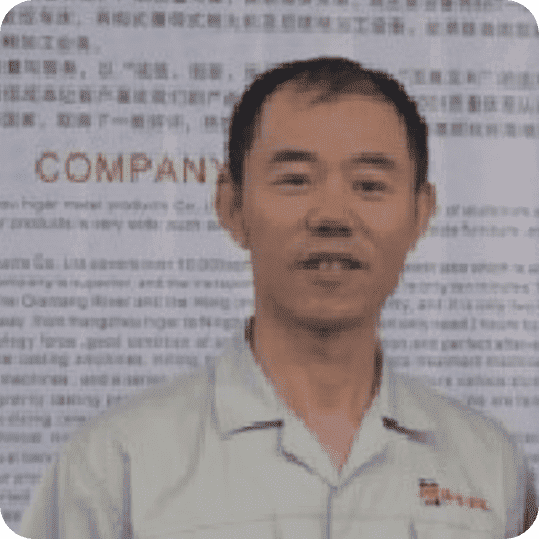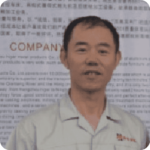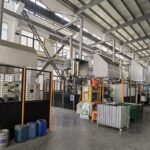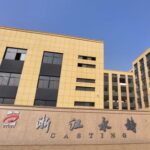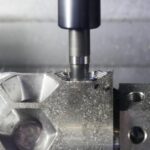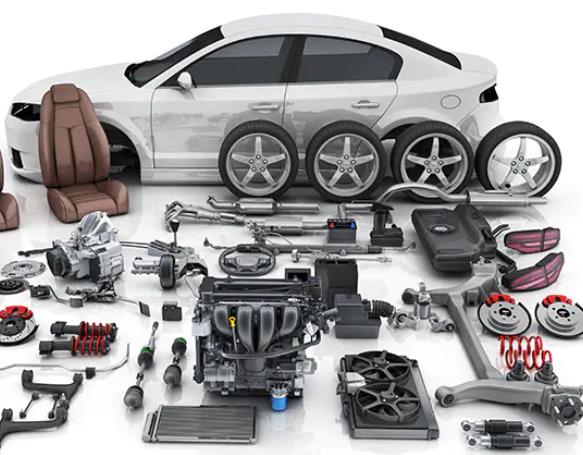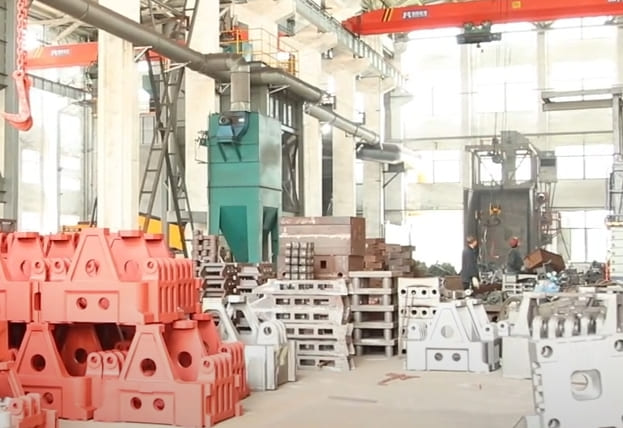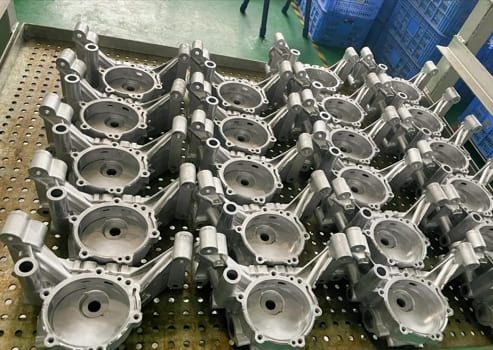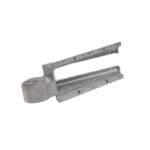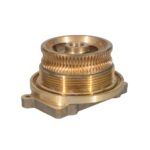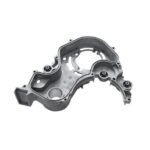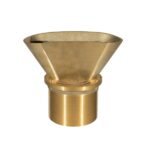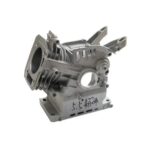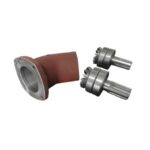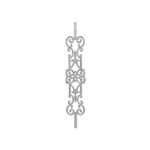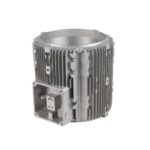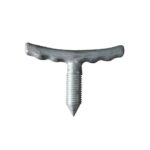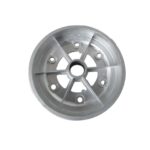Yield strength (0.2% offset) of aluminum spans a very wide range depending on alloy and temper: from ≈7–15 MPa for annealed/pure aluminum to ≈500+ MPa for high-strength wrought alloys (e.g., 7075-T6 ≈ 503 MPa / 73 ksi). Common engineering grades: 6061-T6 ≈ 276 MPa (40 ksi), 6063-T6 ≈ 214 MPa (31 ksi), 5052-H32 ≈ 193 MPa (28 ksi), 2024-T3 ≈ 324 MPa (47 ksi).
What “yield” means. We use the 0.2% proof stress—the stress at which a straight line offset by 0.2% strain meets the stress–strain curve—so engineers can compare alloys consistently.
Units. 1 MPa = 145.038 psi; 1 ksi = 6.895 MPa.
Yield Strength — Wrought Alloys (≈20 °C)
Typical handbook values for early design; confirm with mill datasheets for certification.
| Alloy & Temper | Yield (MPa) | Yield (ksi) | Notes |
|---|---|---|---|
| 1100-O (annealed) | 7–11 | 1–1.6 | Commercially pure, very soft |
| 1100-H14 | ~95 | 14 | Work-hardened sheet |
| 3003-H14 | ~110 | 16 | General forming |
| 5052-H32 | ~193 | 28 | Marine, sheet/plate |
| 5083-H116/H321 | ~215 | 31 | Marine, cryogenic |
| 6061-T6 | ~276 | 40 | Most used structural grade |
| 6061-T651 (plate) | ~276 | 40 | Stress-relieved plate |
| 6063-T6 | ~214 | 31 | Extrusions, architectural |
| 6082-T6 | ~260 | 38 | EU analogue to 6061 |
| 2014-T6 | ~400 | 58 | High strength, machinable |
| 2024-T3 | ~324 | 47 | Aircraft sheet |
| 7050-T7451 | ~455 | 66 | High-toughness plate |
| 7075-T6 | ~503 | 73 | Highest common yield |
Yield Strength Casting Alloys
| Cast Alloy / Temper | Yield (MPa) | Yield (ksi) | Notes |
|---|---|---|---|
| A380 (HPDC) | ~170 | 25 | General-purpose die casting |
| ADC12 (HPDC) | ~170 | 25 | JIS analogue to A383/A380 |
| AlSi10Mg (as-cast) | 130–180 | 19–26 | Good corrosion; heat-treatable |
| AlSi10Mg-T6 | ~230 | 33 | Precipitation-hardened |
| 356-T6 | ~230 | 33 | Sand/perm-mold & HPDC variants |
| 319 (as-cast) | ~160 | 23 | Engine components |
Rule of thumb: wrought T-tempers deliver higher yield than as-cast die-casting grades; castings win on net-shape and cost.
Yield vs tensile vs proportional limit
Engineering stress–strain basics.
- Engineering stress: σ = F / A₀ (force over original area)
- Engineering strain: ε = ΔL / L₀
0.2% proof (offset) yield strength.
Because many aluminum curves round off smoothly, we define yield as the stress where a line parallel to the elastic slope (E) and offset by 0.002 strain intersects the curve. That stress is the 0.2% proof stress, the industry-standard “yield” you see in datasheets.
Proportional limit (rarely reported).
The point where stress and strain stop being perfectly linear. Since it’s hard to read precisely on real data, designers use the 0.2% offset instead.
Tensile (ultimate) strength.
The peak stress on the engineering curve; it’s always ≥ yield and is useful for fracture/ultimate checks, not for permanent-set limits.
Why this matters in practice.
- Choose yield to prevent permanent set in brackets, frames and covers.
- Use tensile for ultimate/failure checks and sometimes for fasteners.
- Use E (modulus) for stiffness/deflection sizing; high yield doesn’t stop a slender arm from bending too much.
Does thickness change “yield strength”?
Yield is a material property, but the reported value depends on product form and processing, which often correlate with thickness:
- Work-hardened sheet (H tempers): different strain-hardening histories (H32 vs H34) give different yield values; thin sheet is usually processed differently from plate.
- Heat-treated plate/extrusions (T tempers): quench rate matters. Thinner sections cool faster after solution treatment, which can give slightly higher yield than thick sections of the same alloy/temper.
- Constraint & geometry: thin webs may buckle or show edge effects before reaching the catalog yield; that’s a geometry, not material, limit.
- Castings: section thickness affects porosity and precipitation response; the alloy’s nominal yield stays the same, but the achieved yield on a porous thin fin can be lower.
Takeaway: quote alloy + temper + product form + thickness range in RFQs (e.g., “6061-T6 extrusion, 3–6 mm walls”), and design buckling/deflection separately from yield.
Temperature & heat treatment
- T6 = solution heat treat (≈530 °C) → quench → age (≈160–190 °C). Yield rises sharply (e.g., 6061-O ≪ 6061-T6).
- T651/T7451 add stress-relief for plate.
- T7x (overaged/stabilized) trades some yield for better SCC/fatigue (e.g., 7075-T73 vs T6).
- Cast AlSi10Mg-T6 commonly reaches ~230 MPa yield.
Very rough derating vs temperature (design screening only—confirm with mill data):
| Alloy family | ~100 °C | ~150 °C | ~200 °C |
|---|---|---|---|
| 6xxx (6061-T6, 6082-T6) | ~0.85–0.90 | ~0.70–0.80 | ~0.55–0.65 |
| 2xxx / 7xxx (2024-T3, 7075-T6) | ~0.80–0.88 | ~0.65–0.75 | ~0.50–0.60 |
| Cast AlSi10Mg-T6 | ~0.85 | ~0.75 | ~0.60 |
If your part runs ≥100 °C (motors, LED drivers), request temperature-specific yield from the supplier.
Quick conversions & sanity checks
Unit conversions
- 1 MPa = 145.038 psi, 1 ksi = 6.895 MPa
- MPa → ksi: divide by 6.895 | ksi → MPa: multiply by 6.895
Worked examples
- 6061-T6 276 MPa → 276 / 6.895 ≈ 40 ksi
- 7075-T6 73 ksi → 73 × 6.895 ≈ 503 MPa
- A380 die-cast 170 MPa → 170 / 6.895 ≈ 24.6 ksi
From raw test numbers
If your lab gave you load and specimen size:
- σ (MPa) = Force (N) / Area (mm²)
- If Force is in kN, multiply by 1000 to get N.
Common pitfall
Catalog numbers are engineering values at ~20 °C. Don’t mix them with true stress or high-temperature short-term data unless the spec says so.
Buyer checklist
- State alloy + temper + product form + thickness.
- If critical, state minimum yield at your service temperature.
- For die castings, confirm as-cast or T6 (e.g., AlSi10Mg-T6).
- Add separate limits for deflection/buckling; yield alone won’t control slender parts.

